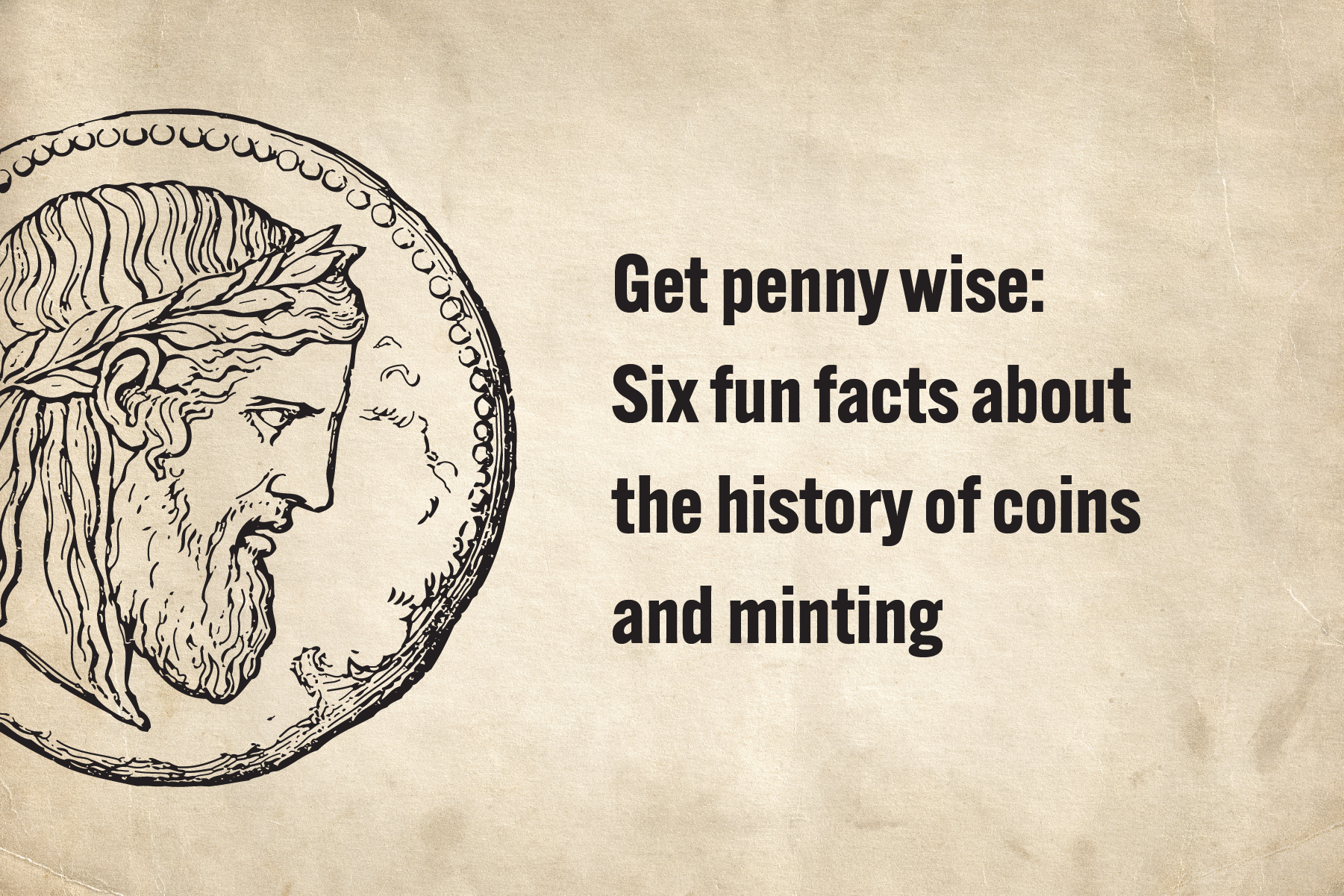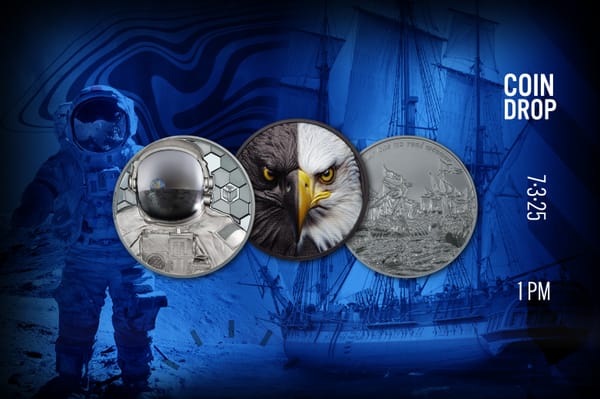Get penny wise: Six fun facts about the history of coins and minting
Since coins are our favorite personal indulgence, we thought a deep dive into the history of coinage and minting was in order. Consider this your chance to prepare for Trivial Pursuit or Jeopardy! because we are about to lay some serious trivia on you.
1. The first known coins designed to be used as payment were created as early as the 5th Century BCE, but there is a lot of disagreement about who invented them—and the discord stretches way back to the time of the great philosophers. Herodotus claimed Lydians in present-day Turkey minted the first coins, but Aristotle argued that they were minted by the wife of King Midas (yes, he was a real person!). Many coin experts disagree with both these ancient thinkers and instead believe ancient Greeks minted the first coins.
2. Early minted coins were used in sophisticated (for the time) civilizations, including Egypt, Persia, Rome, Phoenicia (modern-day Lebanon, Syria, and Israel), and India.
3. According to online resource World History Encyclopedia, the first coins were made of something called electrum, an alloy of silver and gold.
4. The oldest coin still in existence is believed to be the Lydian Lion, minted about 2,700 years ago and is now held by the British Museum. It too was cast from electrum and is emblazoned with a lion, the symbol of Lydian royalty.
5. A few ancient coins stand out from the rest because of their significance in the historical landscape. Here are a few:
a. Brutus minted his Eid Mar—or “Ides of March”—coin in 43 BC to herald Caesar’s overthrow
b. The drachma was first produced around 5th century BC, and the Athenians used this coin prolifically until is spread all over the Mediterranean area. Each drachma design was unique to a specific city-state. Drachma continued to be produced until 2002!
c. Athenian owl tetradachms are possibly the most recognizable ancient coins in the world—they even have a look alike in the Numismatic Icons collection.
d. Woo or wu zhu coins have a trademark square hole cut in the middle and were produced for 700-plus years.
e. The Persian Achaemenid gold daric was the first gold coin, and it inspired a similar silver coin. These two in tandem inspired the first bimetallic money standard, the currency model based on the comparative precious-metal values.
6. Of course, not every civilization used coins. Many created “currency” out of materials close at hand, like shells and stones. Coins have been made of copper, gold, silver, bronze, platinum, zinc, brass, steel, and more. Cupronickel, a copper and nickel alloy, has also been used, and so was a shiny, silvery-hued metalloid called antimony. As you’d probably guess, the location determined the material. For example, ancient China had gold and silver coins but also an early form of paper currency—a natural choice since the Chinese were reportedly the first to create paper.




